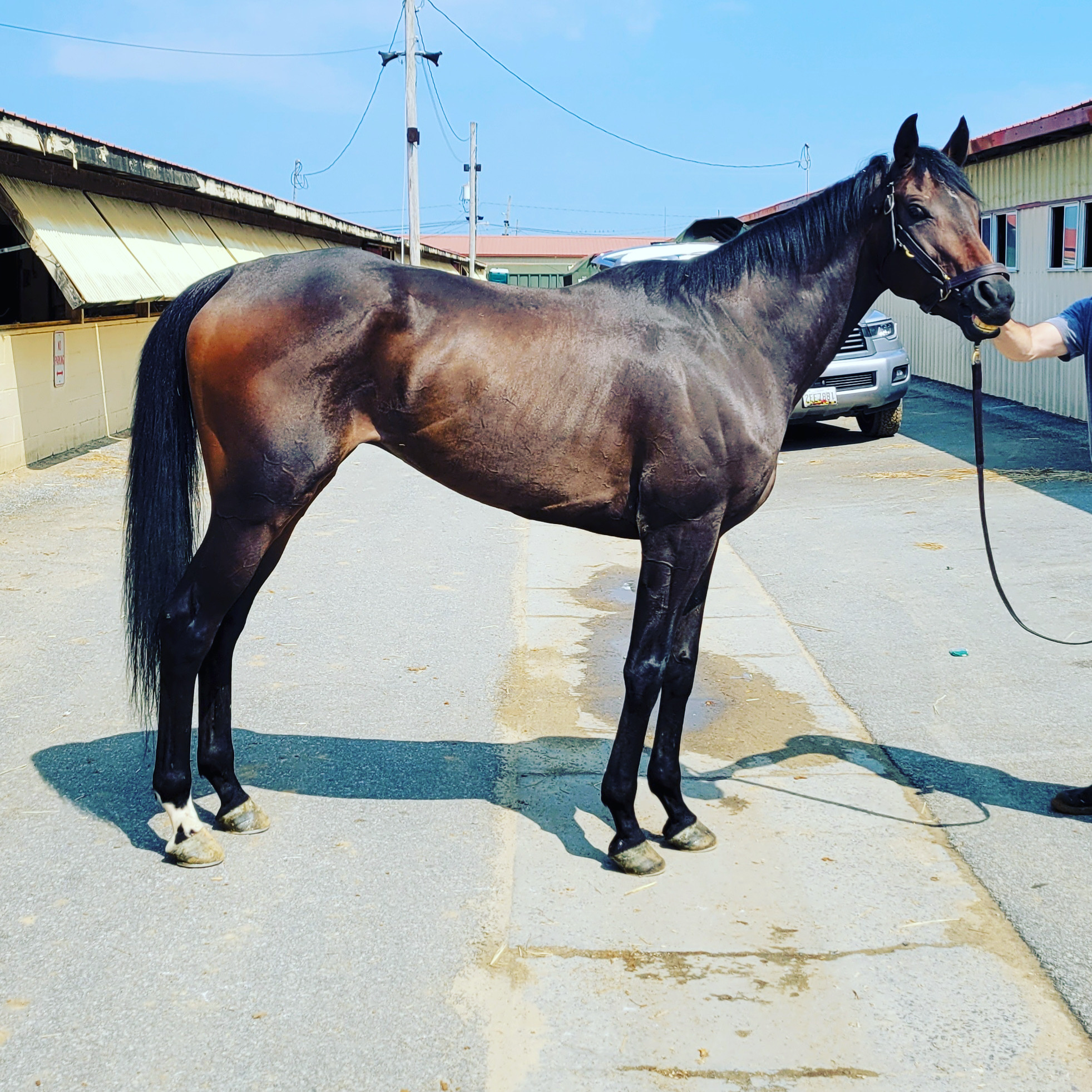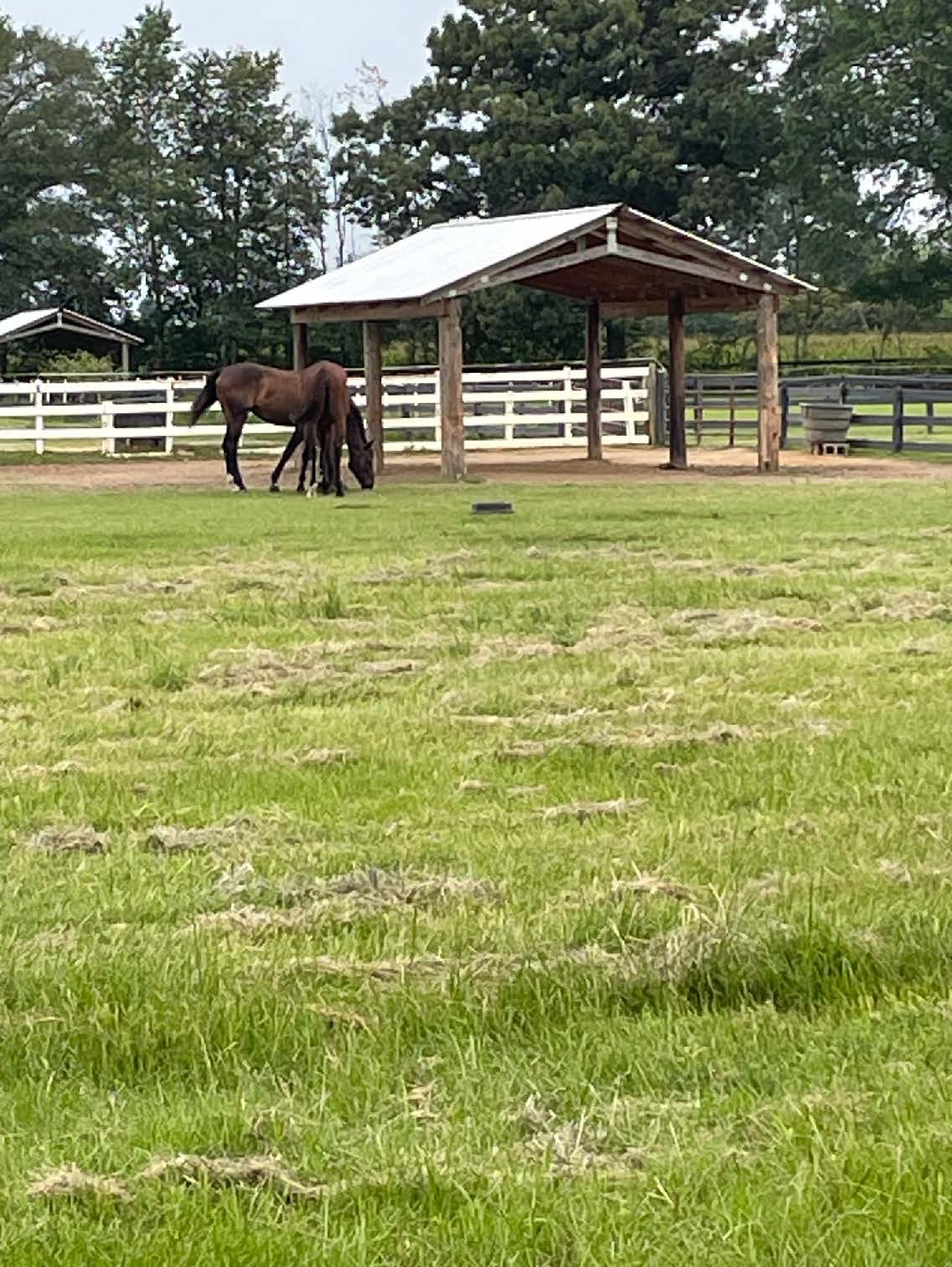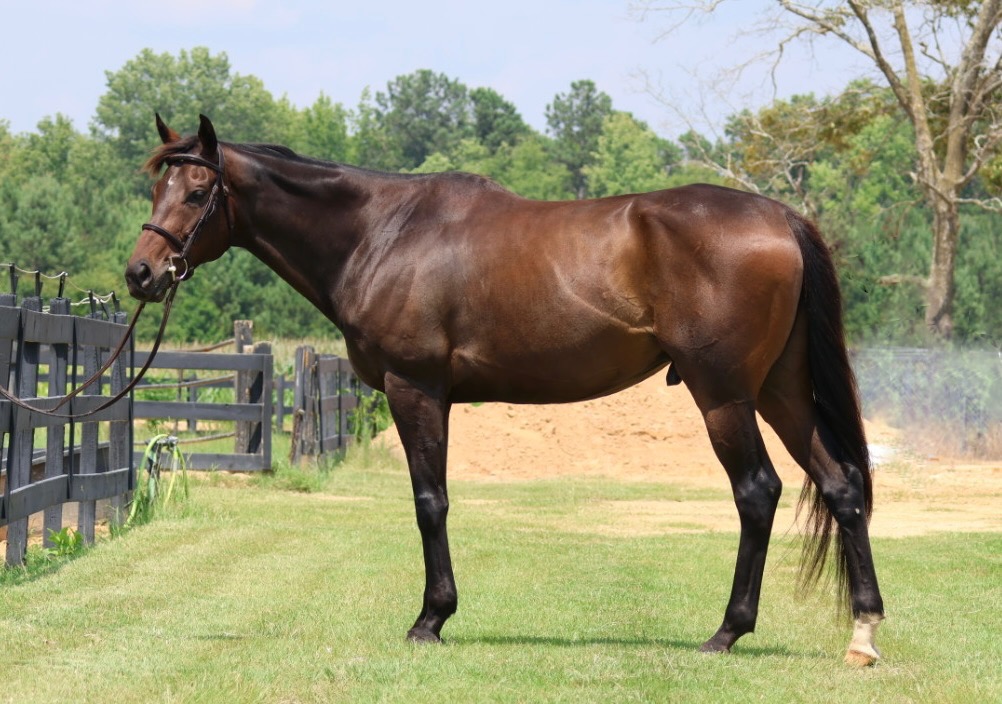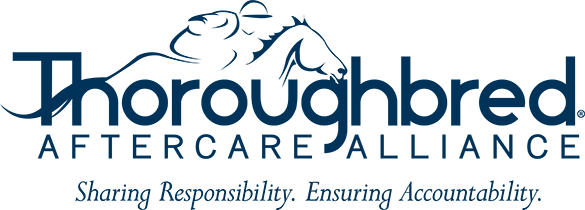More results...
Ulcer Care and Stress Management Tips for Off-Track Thoroughbreds from Second Wind
Ulcer Care and Stress Management Tips for Off-Track Thoroughbreds from Second Wind
By: Alexis Arbaugh
Important Note: The following is based on the experience and practices of Second Wind Thoroughbred Project, as shared by founder Dayle Eldredge. This information should not be construed as professional veterinary advice. It is always recommended to consult with a veterinarian for the proper diagnosis and treatment of your horse’s health conditions.
Thoroughbred Aftercare Alliance had the pleasure of speaking with Dayle Eldredge, the founder and president of Second Wind Thoroughbred Project, located in Bethune, South Carolina. Since 2015, Second Wind has specialized in the rehabilitation, retraining, adoption, and sanctuary of retired Thoroughbred racehorses. With their extensive experience in handling numerous horses daily, they have refined their approach to managing ulcers and reducing stress, which plays a key role in preventing ulcers and colic. The methods they use are rooted in observation, experience, and a commitment to the horses’ well-being as they transition from racing to their new careers.

Dayle explained their digestive health protocol begins when a horse first arrives at Second Wind from the racetrack. Dayle notes they assume any horse coming to their program from a racetrack will likely have ulcers. They have learned there is a difference in the types of ulcers– gastric ulcers, which occur in the stomach, and hindgut ulcers, located further down the digestive tract. Dayle often looks for symptoms of ulcers such as poor coat condition, a lack of appetite, difficulty eating hay, sensitivity to grooming around the belly, girthing issues, or cribbing.
Nutrition is a key part in the way Second Wind manages their Off-the-Track Thoroughbreds’ digestive health. Each horse is fed a specific diet. “We feed a high fat grain, but less than most people would think is ’normal’. We feed 1/3 scoop ([which amounts to] about 2.5 pounds total) and add 3 scoops soaked alfalfa cubes and beet pulp, and they are fed this 3 times a day,” Dayle described the diet. “It is not easy to quantify how many pounds of soaked beet pulp and alfalfa cubes it is, as it depends on how much water is used. But it should be soaked at least one hour prior to feeding.” These ingredients are nutrient-dense and support weight gain, which is particularly important for Thoroughbreds who may struggle to maintain weight, especially when dealing with ulcers.
In addition to the feed regimen, supplements and ulcer medications also play a key role when a horse first arrives from the track. Dayle explained an important part of Second Wind’s ulcer management includes GastroGard (Omeprazole), which is an equine gastric ulcer treatment. Each horse that arrives is also started on a three-month course of Succeed, a digestive supplement designed to promote and maintain digestive health. Dayle explained, “If [GastroGard] is in your budget, you can start with that for 30 days and then follow up with Succeed for 60-90 days.”

Dayle emphasized that minimizing stress is key to preventing both ulcers and colic. At Second Wind, horses are turned out 24/7, except in extreme cold or heat. In these cases, they are brought into large stalls where hay is available at all times. Dayle explained that constant access to forage is essential for preventing ulcers, as it buffers stomach acid. Without sufficient forage, stomach acid can irritate the stomach lining and lead to ulcers.
Temperature fluctuations are also an important factor in managing stress. If horses are exposed to cold and wet conditions or extreme heat, it can lead to stress, which can contribute to weight loss and potentially exacerbate ulcers or lead to colic. Dayle and her team carefully monitor weather conditions, using high-velocity fans in hot weather and ensuring horses stay dry and comfortable in cold or wet conditions. Maintaining a low-stress environment and making sure the horses have access to fresh water and ample alfalfa all help prevent colic, a common concern among racehorses transitioning into new environments.
When horses come to Second Wind from the racetrack, they are often used to a highly structured routine, and the transition to a new environment that is a bit more relaxed can be overwhelming. “Many people think that just because the horse gets to live a more laid-back life that they will be happier, and in time, they are, but the adjustment period is crucial to their mental and physical health,” Dayle explained. Dayle observed that many racehorses spend very little time outside during the racing season, often only hand-grazed between training sessions. The sudden shift to 24/7 turnout can be a big adjustment, and not all horses handle the change in the same way. Some thrive with the new freedom, while others need time to adjust. Dayle carefully observes each horse to see how they respond to the new routine.

"Learning about the horse and what makes them happy is going to help everyone in the long run," Dayle wrote. "We do try to give each horse what makes them comfortable, and slowly integrate them into our routine."
If a horse appears anxious or doesn’t settle well into 24/7 turnout, Dayle brings them inside and ensures they have at least one other horse nearby for companionship. She believes that understanding each horse’s unique personality and needs is key to a smooth transition. “Learning about the horse and what makes them happy will help everyone in the long run,” she shared.
At Second Wind, the health and comfort of each horse are a top priority. Their comprehensive approach to ulcer and colic prevention combines dietary management, the use of supplements and medications, and a focus on reducing stress through tailored care. By providing individualized attention and adjusting to each horse’s specific needs, Second Wind helps their horses transition smoothly and sets them up for success in their second careers.
About the series
Thoroughbred Aftercare Alliance’s blog series, “Retraining Tips,” aims to support adopters of Thoroughbreds retired from racing with the retraining process. Whether an individual has already adopted or is considering adoption, this series hopes to provide valuable guidance. Many of Thoroughbred Aftercare Alliance’s accredited organizations specialize in retraining. Thoroughbred Aftercare Alliance has worked with some of these organizations’ in-house trainers and has compiled a list of the most common tips, advice, and challenges they see, along with instructions on how to work through and overcome them. Throughout the retraining series, Thoroughbred Aftercare Alliance hopes to be a trusted source of retraining information that adopters can use in their retraining process.






